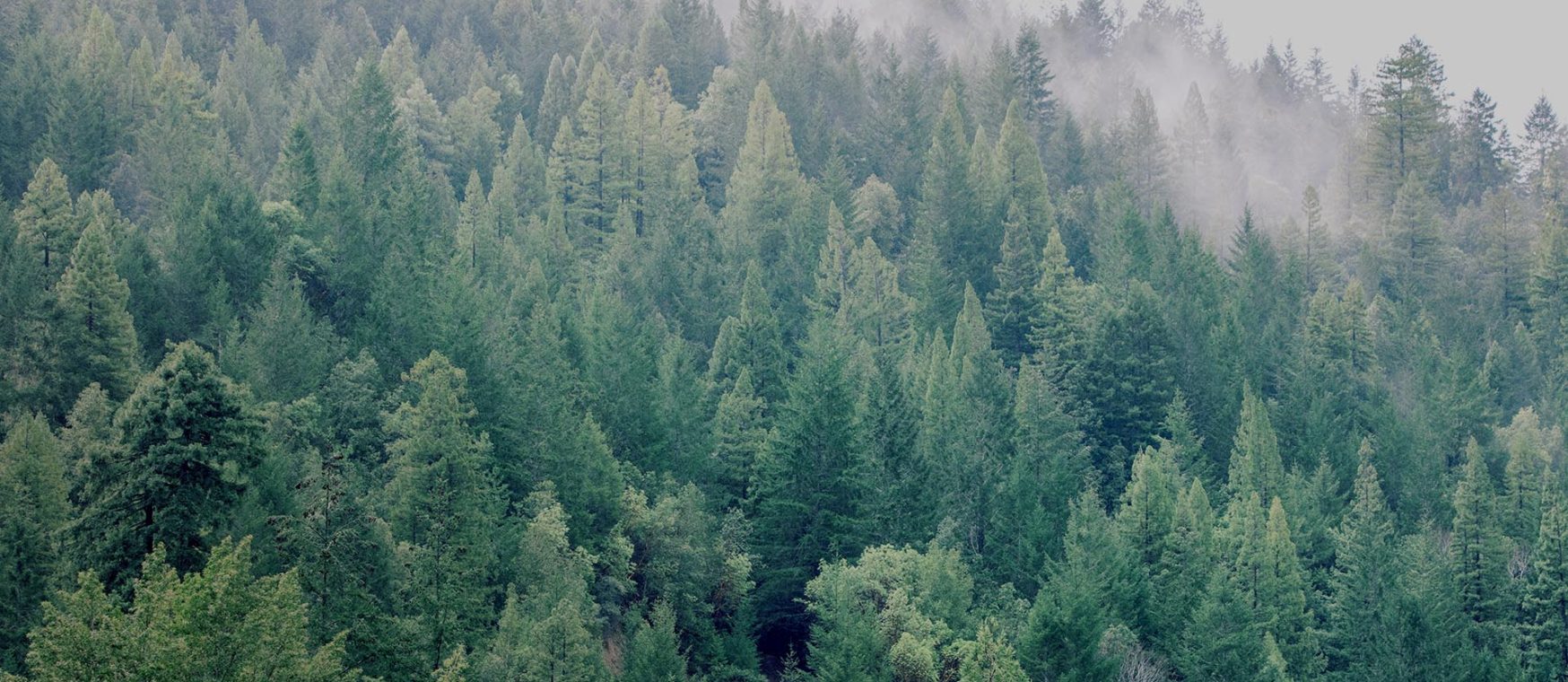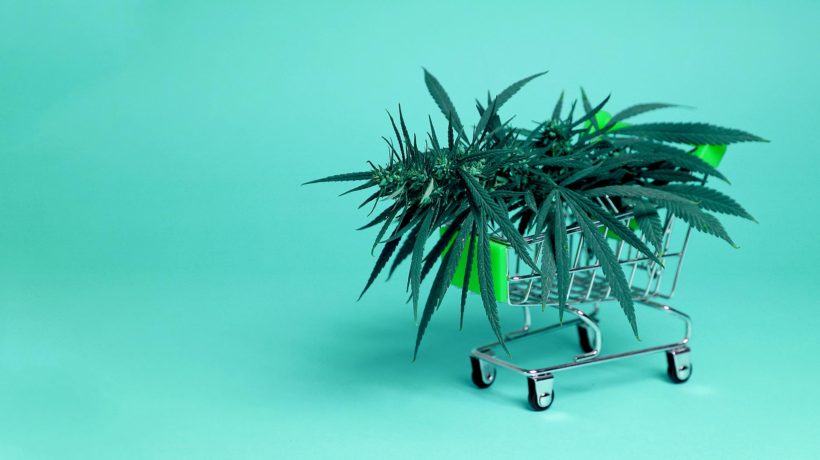If you’re a wine snob, you probably know that Sonoma County Chardonnay is distinct to chardonnay from the Finger Lakes, New York. Likewise, those with a sophisticated taste for weed understand that a joint from rolled from Mendocino flower is not the same as that sourced from Washington state. The bottom line: the provenance of cannabis matters, because the flower expresses a sense of place. Enter the concept of cannabis terroir.
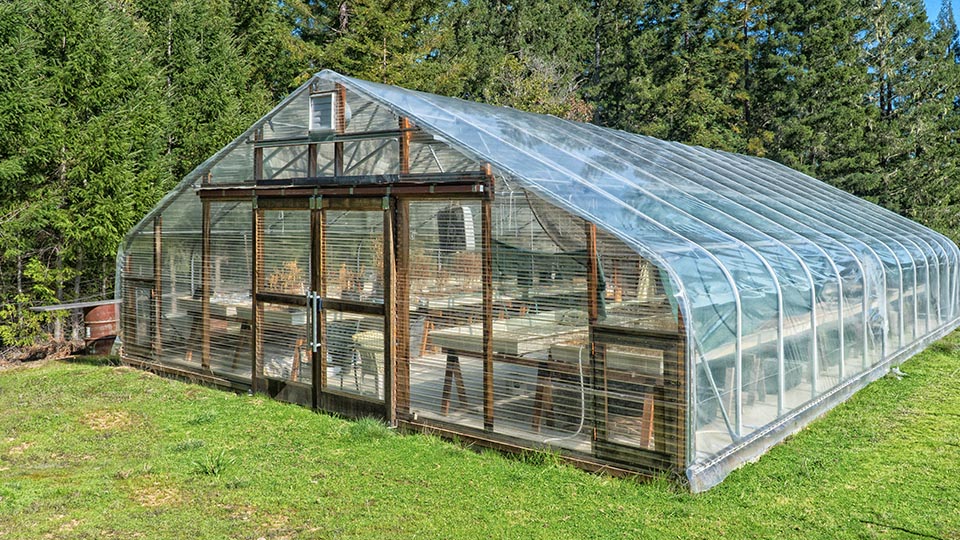
What is terroir?
Terroir was initially used by the French to refer to the complete natural environment in which a wine was produced. Nowadays, growers of artisanal chocolate, tobacco, honey, and coffee may also identify terroir as fundamental to the flavor and quality of their product.
Growers in the Emerald Triangle–cannabis heartland for the uninitiated–are currently organizing to recognize the importance of terroir for cannabis and establish appellations of origin (AO). Appellations of origin (AO) labeling provides consumers with protected certification of the terroir in which cannabis has grown.
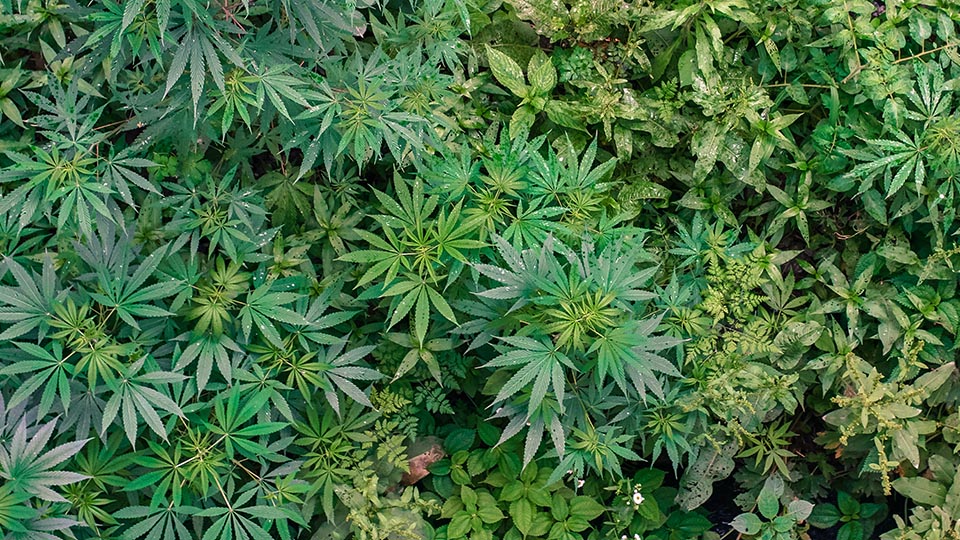
“Terroir is the climate, the water, the surrounding trees, and vegetation–even the weeds and the insects–it is the topography, the minerals, the biome, and the microbiome,” explains Swami Chaitanya, co-founder and head farmer for the Swami Select brand of organic sun-grown cannabis. “Beyond all that, it is the culture of the community of cultivators. It is as much about how the crop is grown, as it is about the cultivars or varieties.”
“Terroir is the climate, the water, the surrounding trees, and vegetation – even the weeds and the insects”
Terroir encompasses all the qualities of the region in which cannabis grows that contribute to the density, flavor, terpene and cannabinoid profile of the bud. The nutrients present in the soil and hours and intensity of sunlight affect terpene profiles, according to Swami. “This is demonstrated by the fact that indoor factory-grown cannabis rarely has the terpene saturation that long-season sun-grown flowers have.”
Terroir also recognizes the significance of the culture surrounding cannabis cultivation, which often differs substantially between long-time heirloom growers and large-scale initiatives emphasizing quantity over quality. The ethos of the grower, and care with which she or he attends their buds, strongly influences the final product.
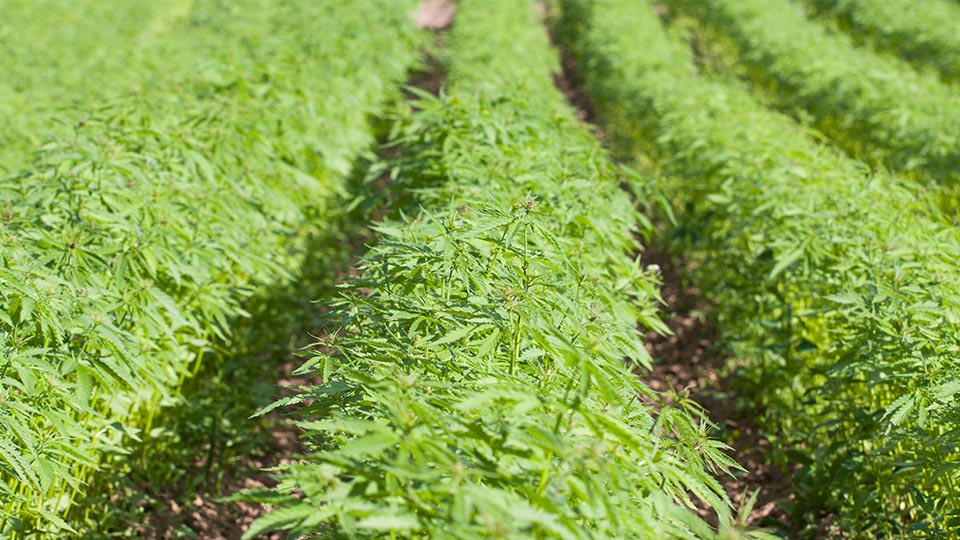
Benefits for cannabis growers and consumers
The adoption of appellations offers advantages for both growers and consumers. “Growers stand to benefit from terroir based on their branding skills and ability to create a high-end product grown in the native soil without the use of synthetic fertilizers or chemicals,” explains Russell Pace III, president of the Cannabis Horticultural Association. This is beneficial for heritage, artisanal and heirloom cultivators who are threatened by excessive regulations and the invasion of big business.
Those such as Swami, who have been carefully tending their soil with local organic compounds and familiarizing themselves with the way certain cultivars respond to the climate for decades, can profit from sharing their consciously grown buds with discerning consumers.
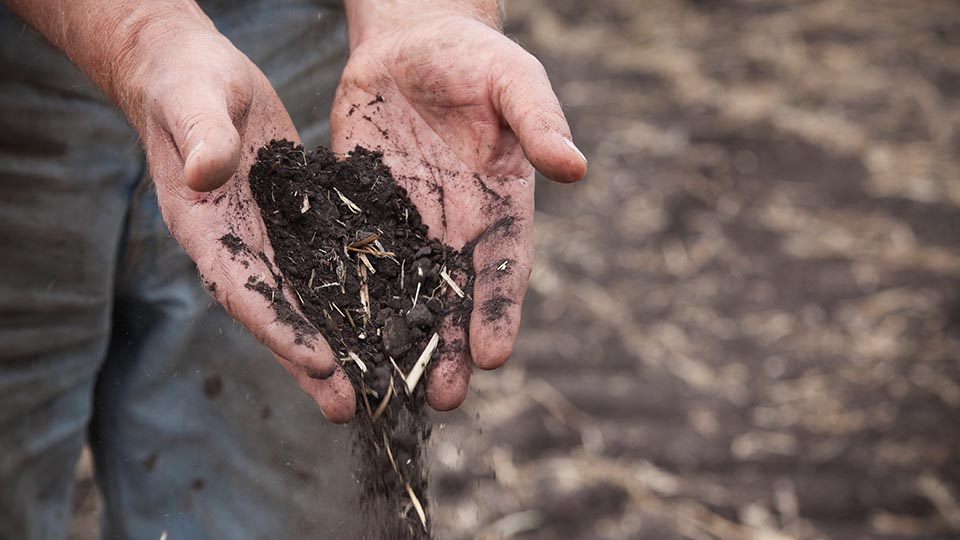
Consumers benefit from knowing the flower they are purchasing is pure, florid in flavor, and free of contaminants. This is ideal for those who want to avoid consuming the buds of cannabis produced with petrochemical fertilizers, insecticides or chemical pesticides. One recent study found that up to 69.5% of pesticide residues can linger in smoked marijuana and pose a toxic threat to smokers. Purchasing cannabis with certified AO protects the buyer from plants grown in non-organic substrates.
Ultimately, terroir will most likely resonate with cannaisseurs–those seeking a quality, high-end cannabis experience. “People are just now developing palettes sophisticated enough to discern the complexities of cannabis flavor profiles,” adds Pace. “People are teaching cannabis sommelier classes which I believe will help bolster the development of the cannabis terroir model.”
